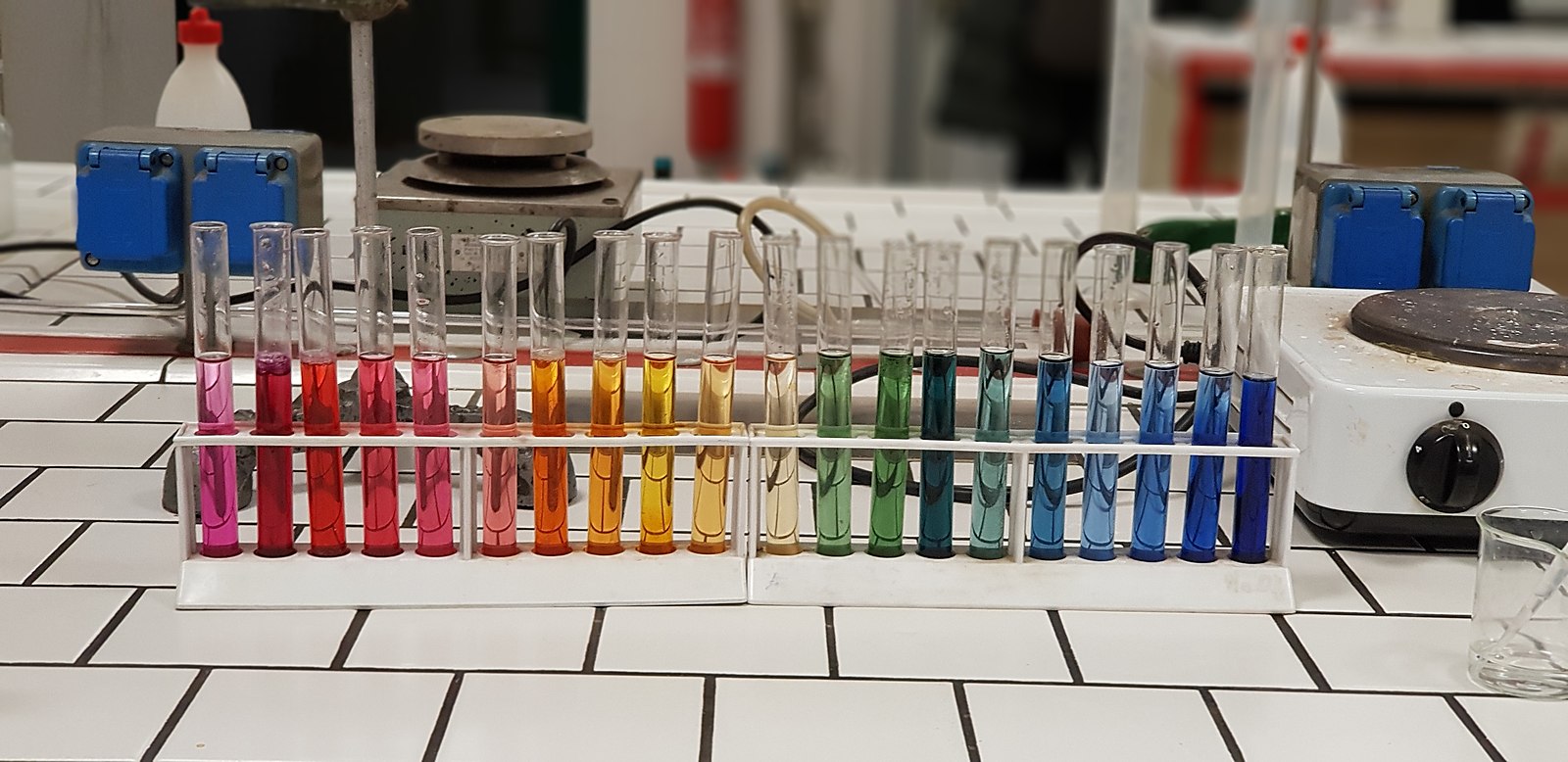Molecular biology grade water is a highly purified and filtered water that is essential for various molecular biology applications. Maintaining the appropriate pH of this water is crucial to ensure the stability and functionality of biomolecules, such as DNA, RNA, and proteins. In this comprehensive blog post, we will explore the importance of the pH of molecular biology grade water, the factors that influence it, and the best practices for managing it.
Understanding the pH of Molecular Biology Grade Water
The pH of molecular biology grade water is typically around 7, which is considered neutral. This neutral pH is essential for maintaining the optimal conditions for molecular biology experiments. Deviations from this neutral pH can have significant impacts on the performance and reliability of these experiments.
Factors Influencing the pH of Molecular Biology Grade Water
Several factors can influence the pH of molecular biology grade water, including:
- Water Purification Process: The water purification process used to produce molecular biology grade water, such as reverse osmosis (RO) or deionization (DI), can affect the pH of the final product.
- Dissolved Gases: The presence of dissolved gases, such as carbon dioxide (CO2), can alter the pH of the water by forming carbonic acid.
- Contamination: Impurities or contaminants introduced during the handling or storage of molecular biology grade water can also affect its pH.
Importance of Maintaining Optimal pH
Maintaining the pH of molecular biology grade water within a narrow range is crucial for several reasons:
- Biomolecule Stability: The stability and functionality of biomolecules, such as DNA, RNA, and proteins, are highly dependent on the pH of the surrounding environment. Deviations from the optimal pH can lead to structural changes and altered biological activity.
- Enzymatic Reactions: Many enzymes used in molecular biology experiments, such as those involved in PCR, DNA sequencing, and protein purification, have specific pH optima. Maintaining the appropriate pH is essential for ensuring optimal enzyme activity and reliable experimental results.
- Experimental Consistency: Inconsistent pH levels in molecular biology grade water can introduce variability and uncertainty in experimental outcomes, making it difficult to reproduce and interpret results.
Maintaining the pH of Molecular Biology Grade Water
To ensure the optimal pH of molecular biology grade water, it is essential to follow best practices in its handling and storage.
Preparation and Handling
- Use High-Quality Reagents: When preparing molecular biology grade water, use only high-quality reagents and follow the manufacturer’s instructions carefully.
- Minimize Contamination: Avoid introducing contaminants during the handling and storage of molecular biology grade water. Use sterile techniques and clean equipment to maintain the water’s purity.
- Monitor pH Regularly: Regularly monitor the pH of molecular biology grade water to ensure it remains within the desired range. This can be done using a calibrated pH meter or pH test strips.
Storage and Handling
- Store in Appropriate Containers: Store molecular biology grade water in clean, sterile containers that are resistant to leaching or contamination.
- Minimize Exposure to Air: Minimize the exposure of molecular biology grade water to air, as this can lead to the dissolution of carbon dioxide and changes in pH.
- Avoid Prolonged Storage: Use molecular biology grade water as soon as possible after preparation to minimize the risk of pH changes or contamination.
Troubleshooting pH Issues
If the pH of molecular biology grade water is not within the desired range, consider the following troubleshooting steps:
- Verify Water Purification Process: Ensure that the water purification process is functioning correctly and producing water with the appropriate pH.
- Check for Contamination: Inspect the storage containers and handling procedures to identify any potential sources of contamination that may be affecting the pH.
- Adjust pH as Needed: If necessary, adjust the pH of the molecular biology grade water using appropriate pH adjustment solutions or buffers, following the manufacturer’s instructions.
By understanding the importance of the pH of molecular biology grade water and following best practices for its preparation, handling, and storage, researchers can ensure the reliability and consistency of their molecular biology experiments.
References:
- Biotium. (n.d.). Water, Ultrapure, Molecular Biology Grade. Retrieved from https://biotium.com/product/water-ultrapure-molecular-biology-grade/
- Corning. (n.d.). Corning® Molecular Biology Grade Water, USP Certified. Retrieved from https://ecatalog.corning.com/life-sciences/b2c/US/en/Media,-Sera,-and-Reagents/High-Quality-Water/Molecular-Biology-Grade-Water/Corning%C2%AE-Molecular-Biology-Grade-Water/p/corningMolecularBiologyGradeWaterUSPCertified
- Sigma-Aldrich. (n.d.). Water, Molecular Biology Grade. Retrieved from https://www.sigmaaldrich.com/US/en/product/sigma/95284
- Rockland. (n.d.). Water for Molecular Biology. Retrieved from https://www.rockland.com/categories/supporting-reagents/water-for-molecular-biology-MB-010-0100/
- Fisher Scientific. (n.d.). Water, Molecular Biology Grade, Fisher BioReagents. Retrieved from https://www.fishersci.com/shop/products/water-molecular-biology-grade-fisher-bioreagents-5/BP2819100

